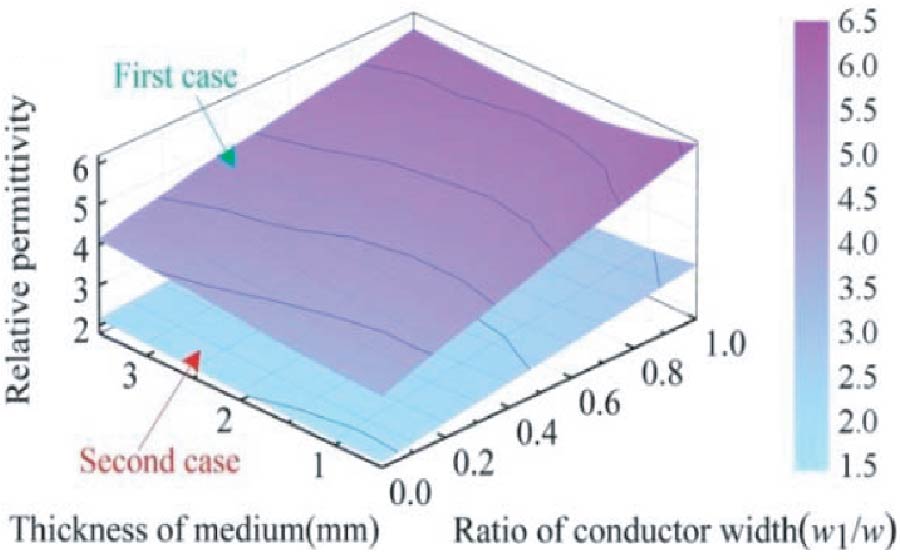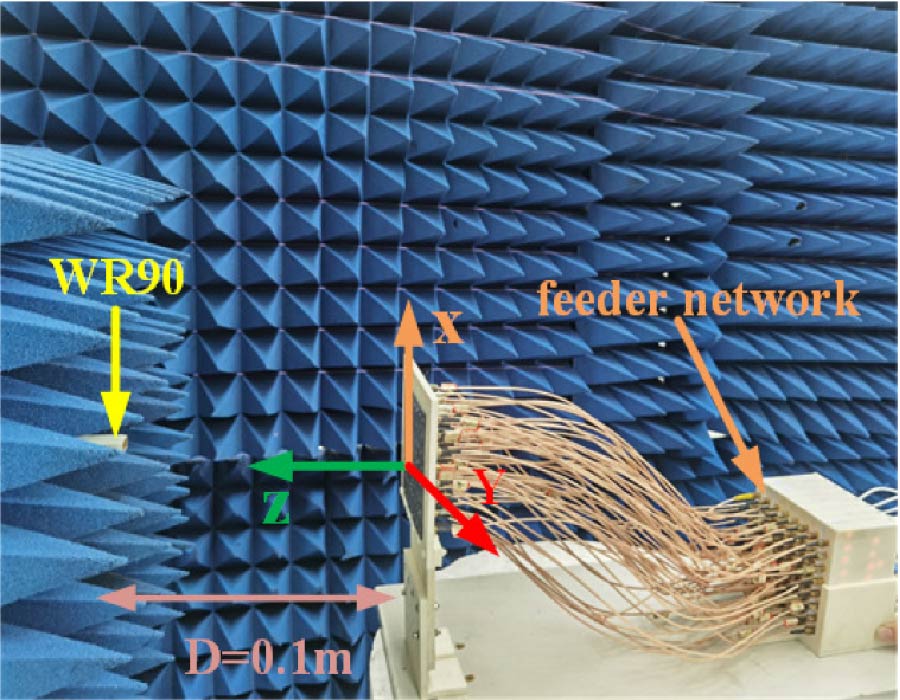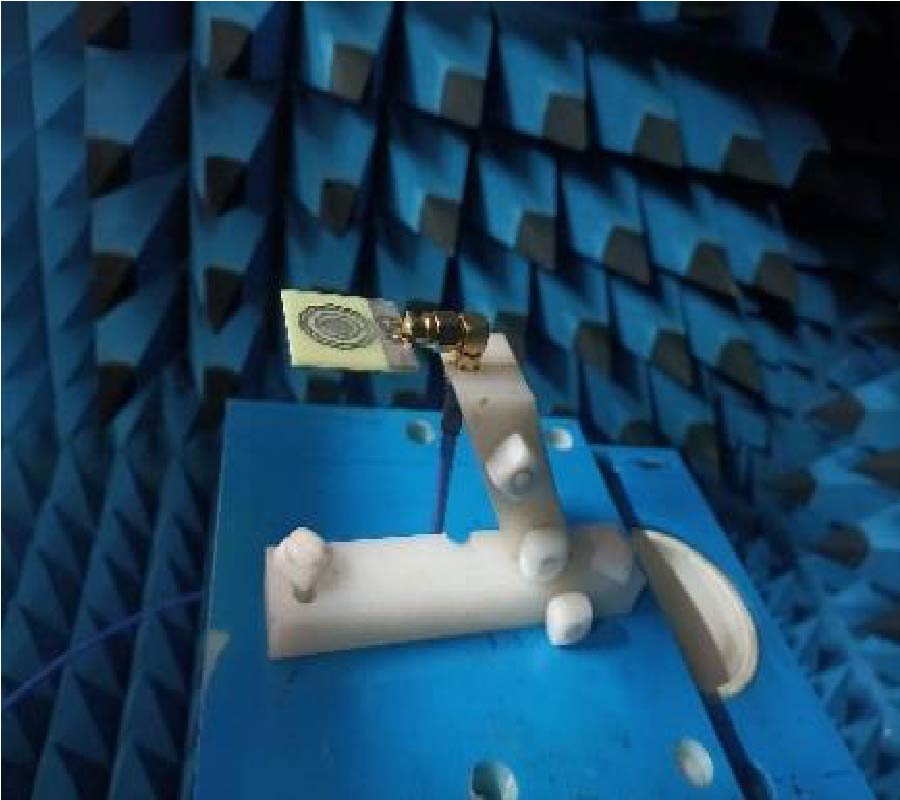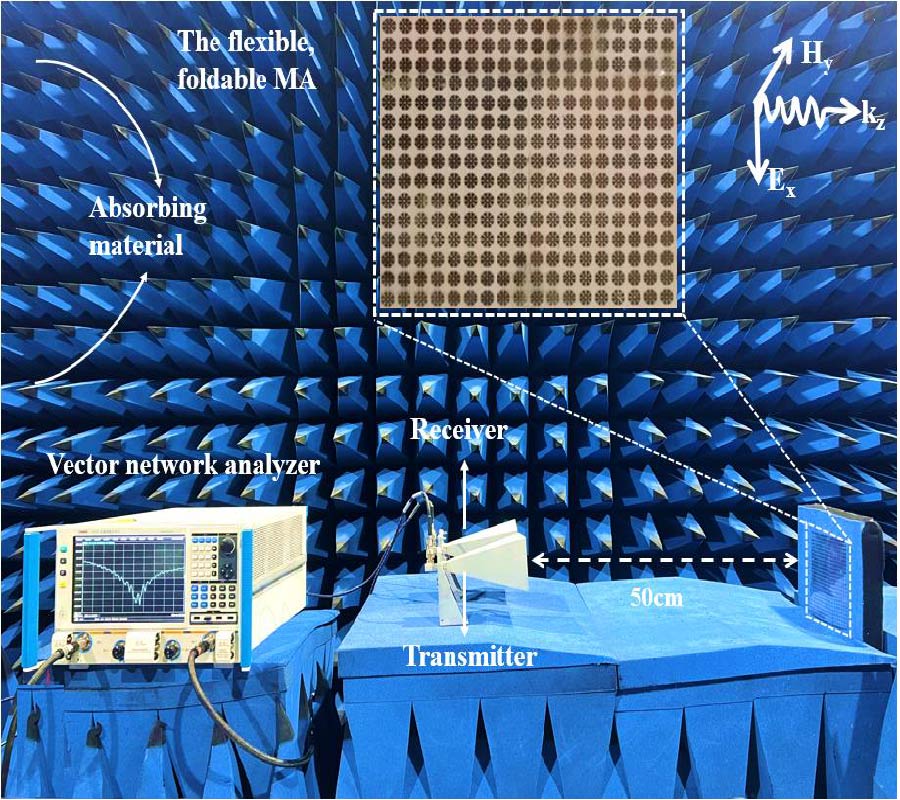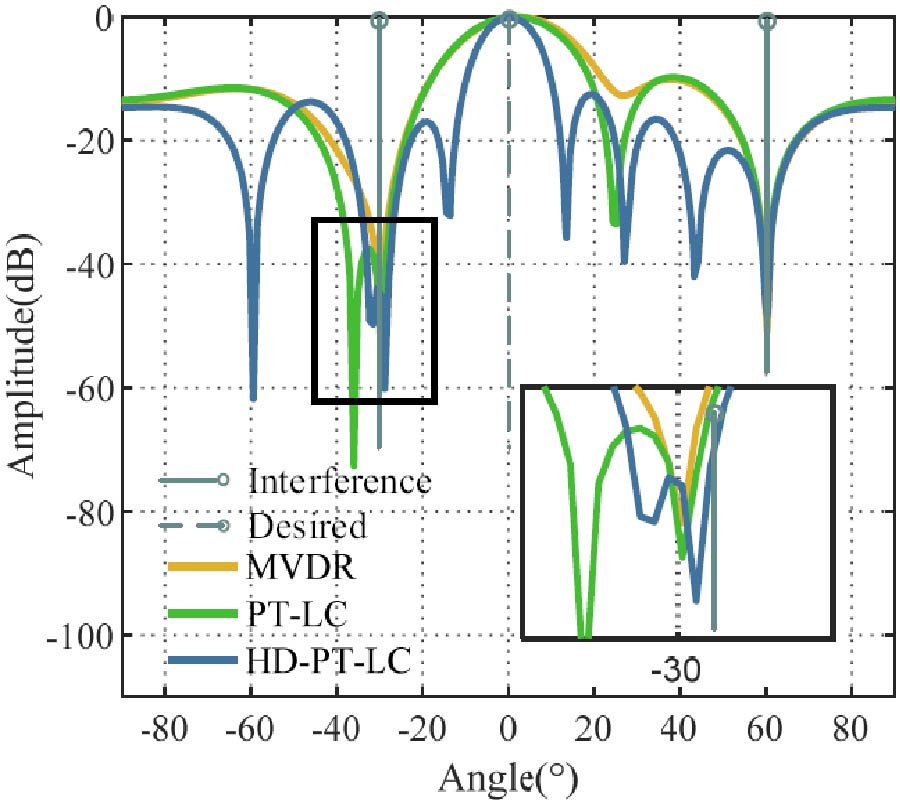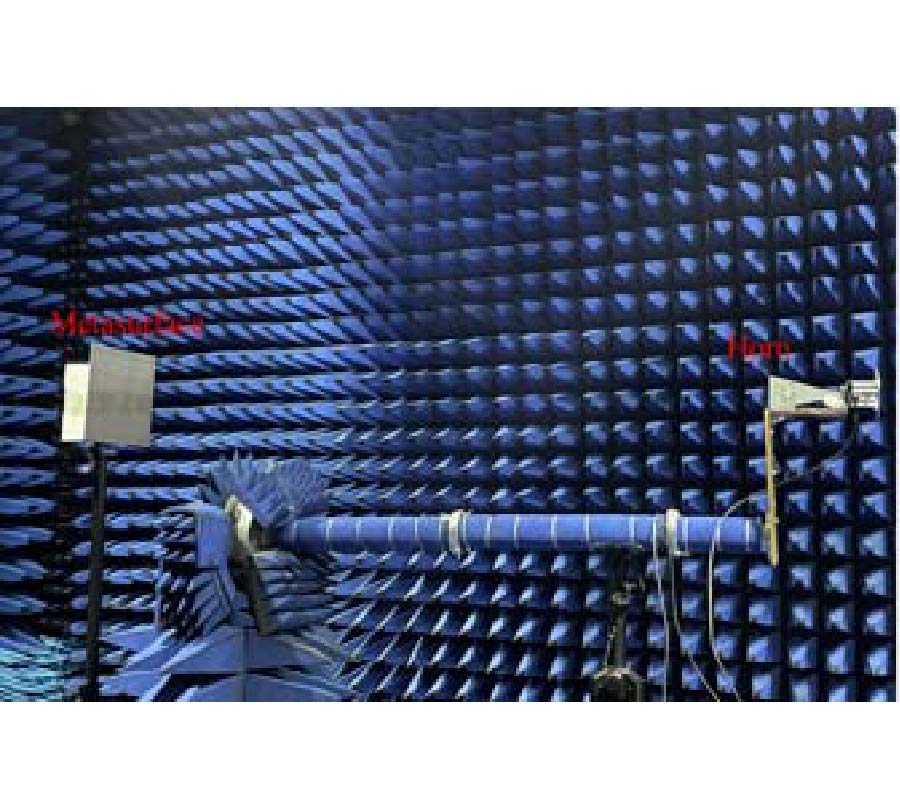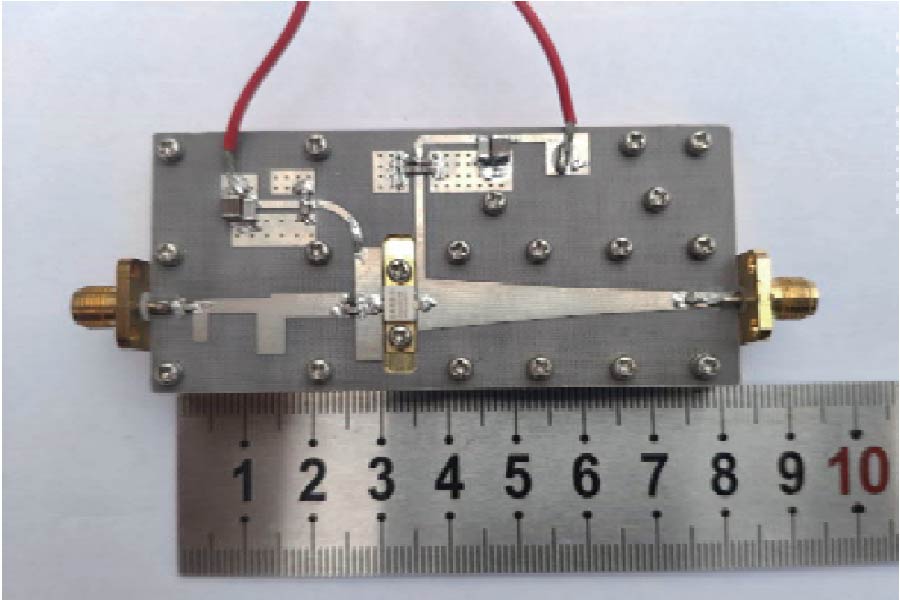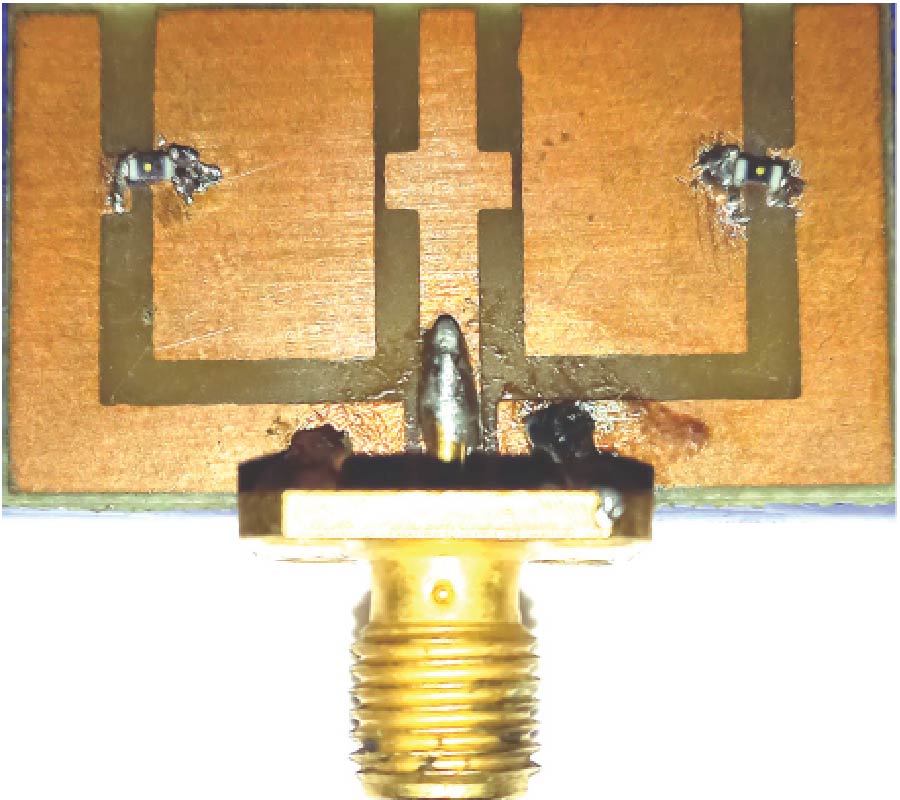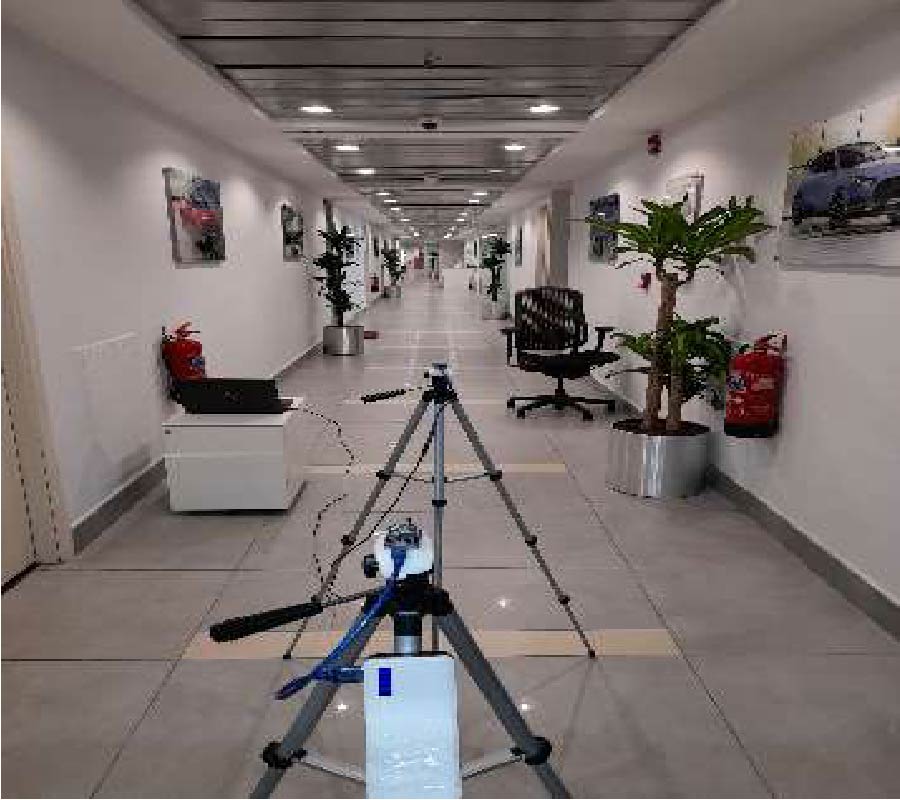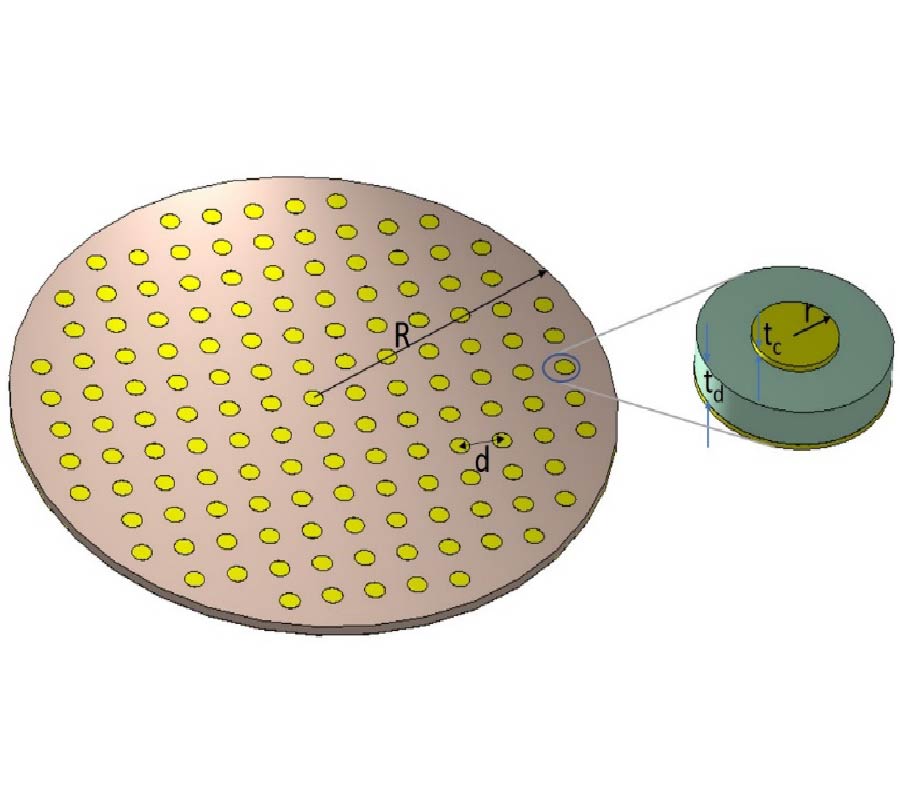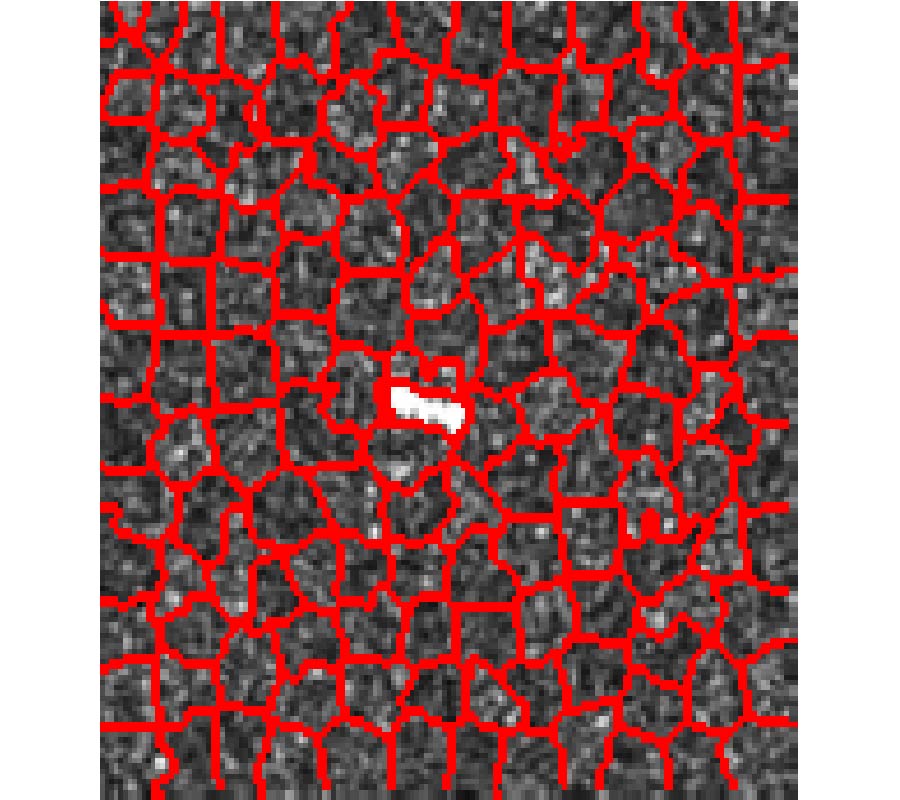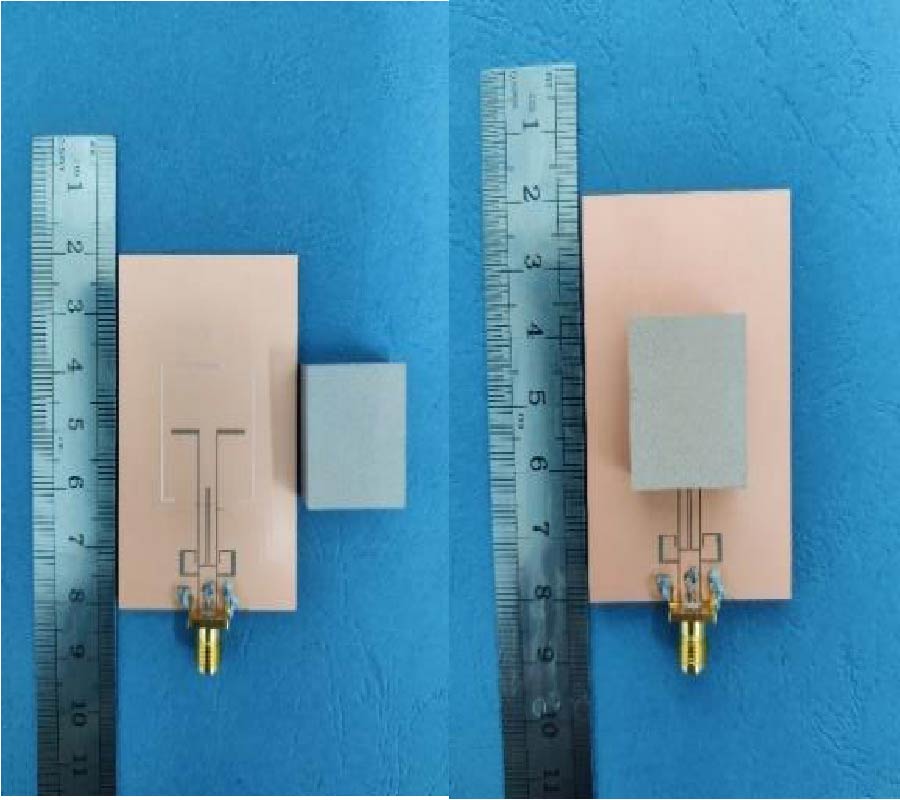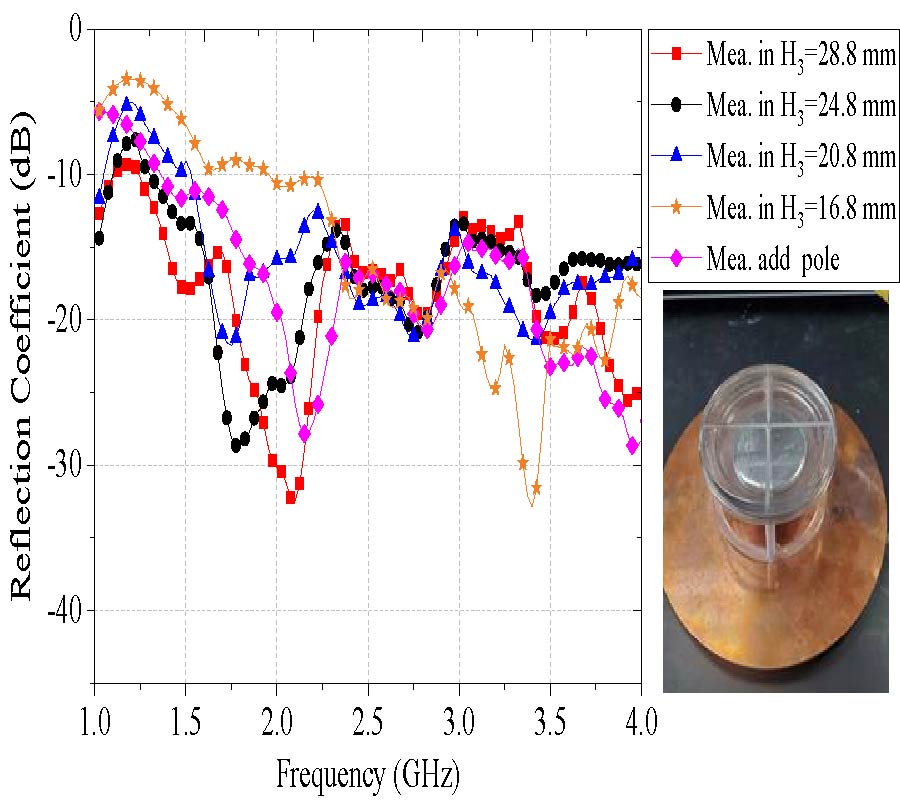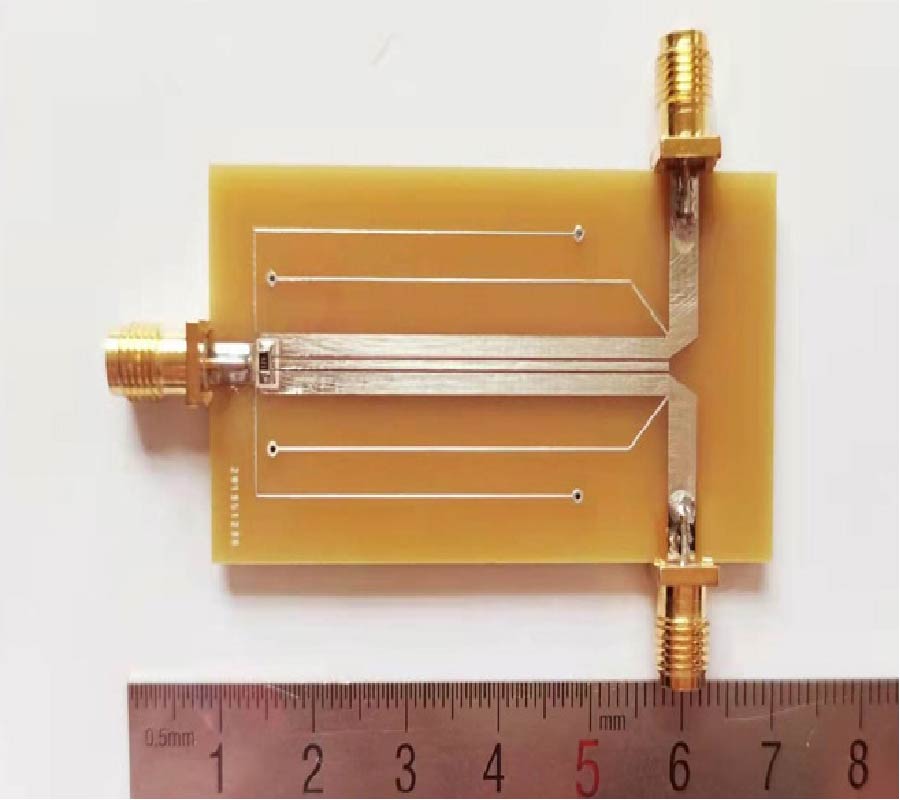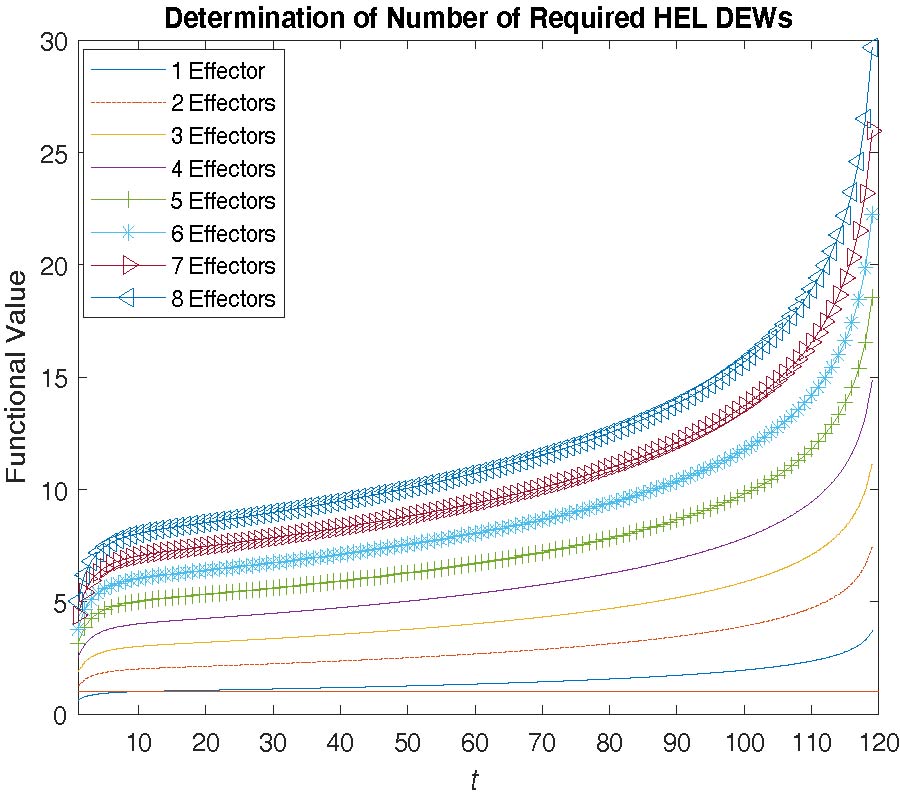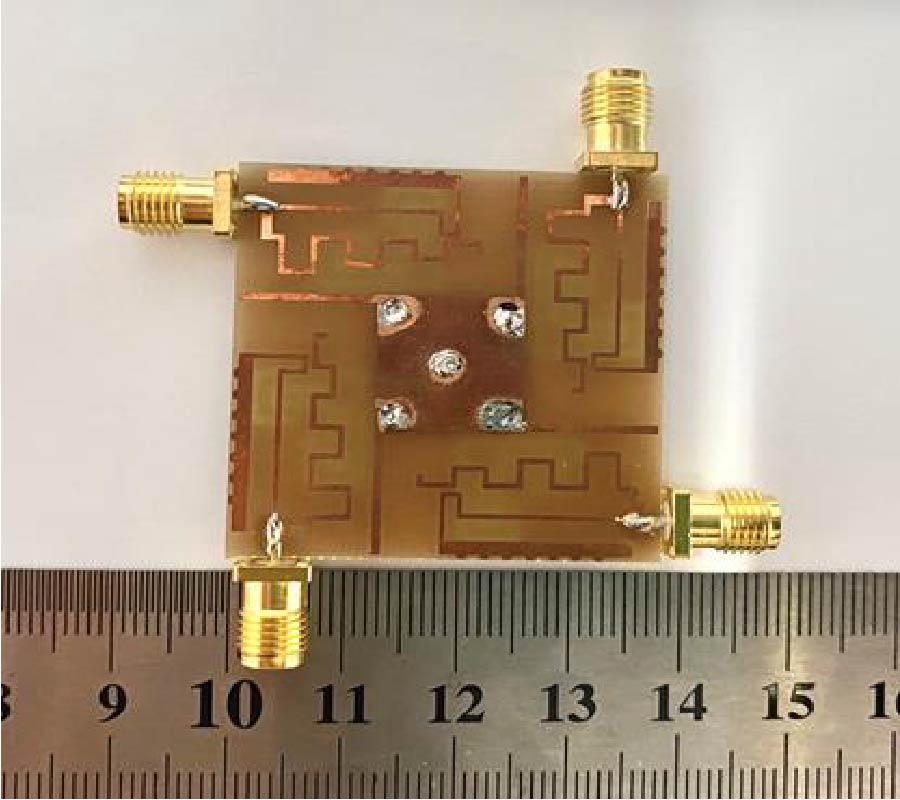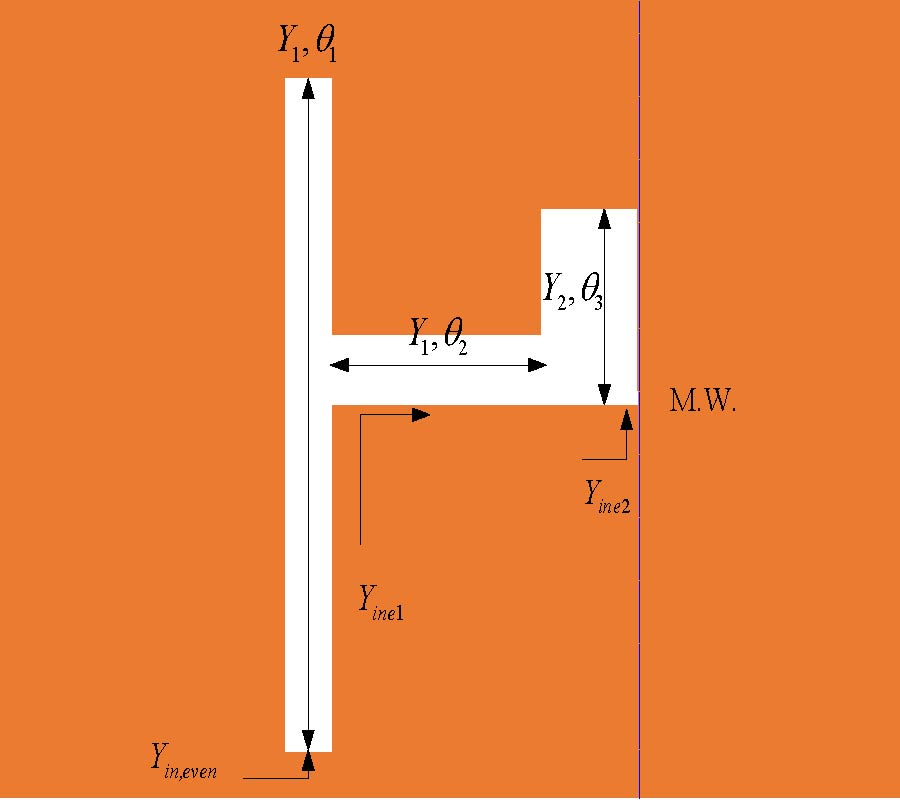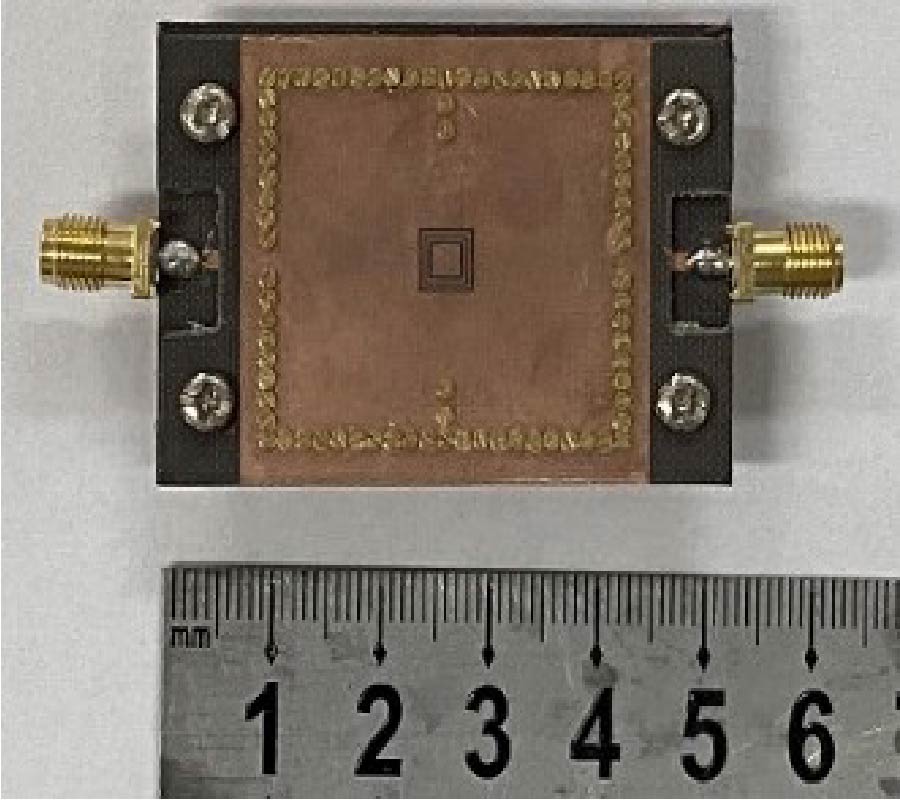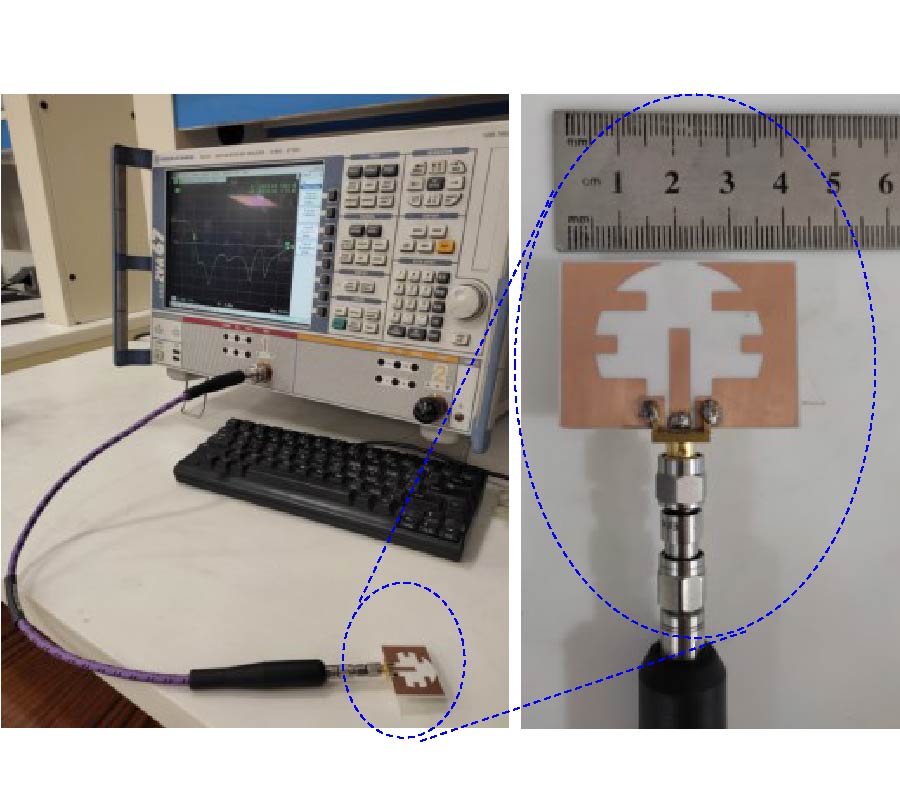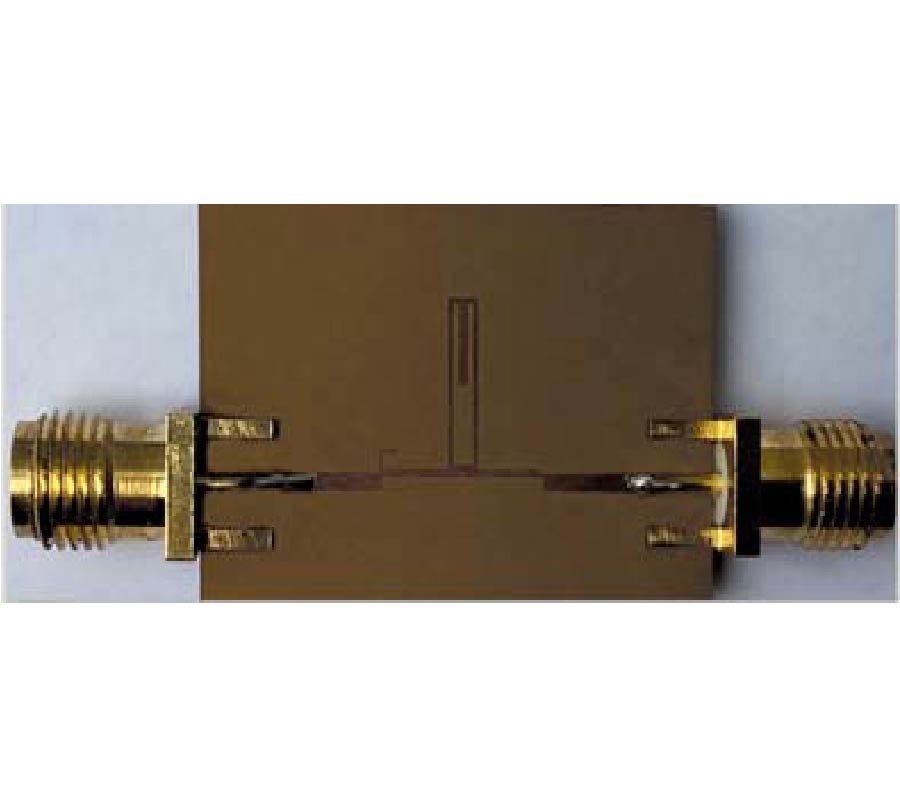Design and Performance Analysis of Metamaterial-Inspired Decagon-Shaped Antenna for Vehicular Communications
Subbaiyan Rajasri and
Rajasekar Boopathi Rani
In this article, a metamaterial-inspired decagon-shaped antenna was designed with the dimensions of 30 x 30 x 1.6 mm3 for the vehicular applications that fall under GPS (Global Positioning System), LTE (Long-Term Evolution), UMTS (Universal Mobile Telecommunication System), WLAN (Wireless Local Area Network), Wi-Fi (Wireless Fidelity), INSAT (Indian National Satellite), etc. Initially, a conventional decagon-shaped monopole antenna was designed for the frequency of 4.5 GHz. Then, a decagon-shaped metamaterial unit cell was designed for the frequencies of 1.5 GHz, 2.4 GHz, and 3.5 GHz which were inspired on the monopole antenna to obtain the desired passbandcharacteristics under vehicular bands. All the simulations were done in the ANSYS High-Frequency Structure Simulator (HFSS) 2019 R2 version. In order to determine the metamaterial characteristics of the proposed unit cell, Scattering Parameter Retrieval Method has been used, and the values of permeability have been obtained through MATLAB. Further to examine the antenna performance in vehicular communication, it is placed on the rooftop and front side of the car model in simulation and on a physical car. Return loss characteristics were observed in the simulation as well as in the open space measurement, and the radiation pattern is analyzed with the SBR+ (Shooting and Bouncing Rays) method. The gain and radiation efficiency of the antenna get increased when it is mounted on the car model which is beneficial for the proposed application.
